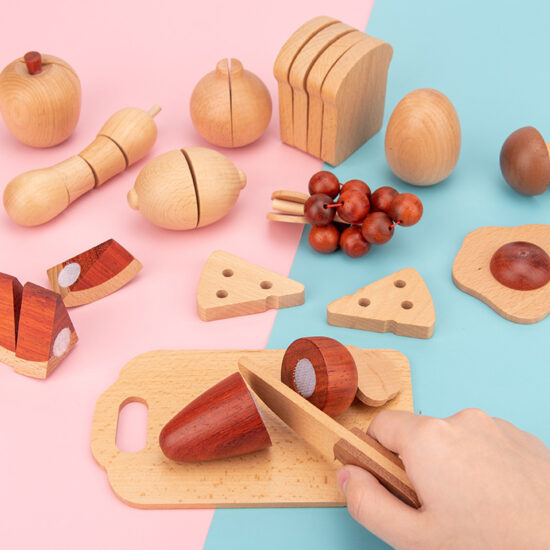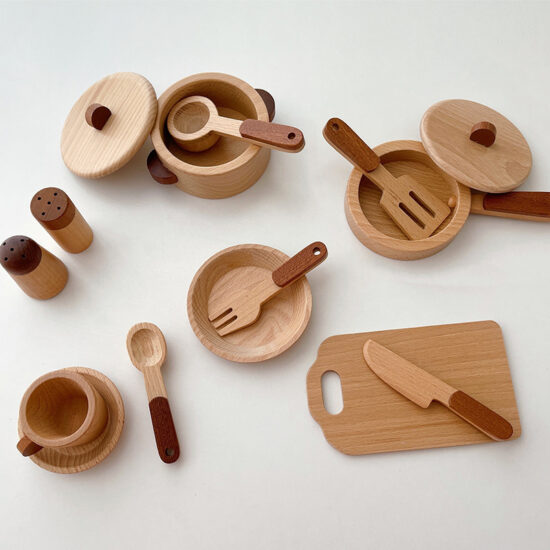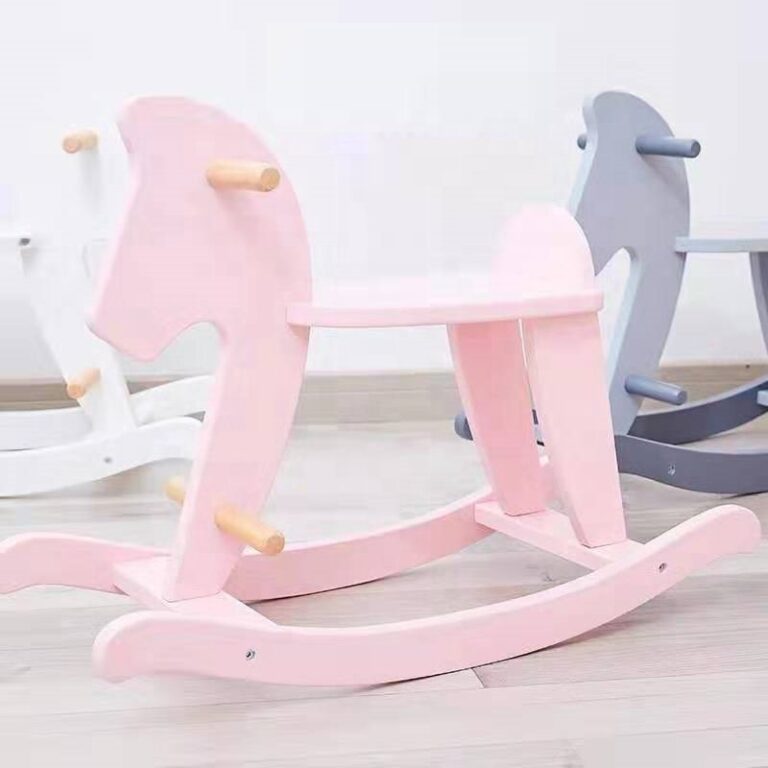jay@nbdho.com
Wooden Toy Export & Logistics FAQs: Answers for Smooth International Trade
Exporting wooden toys involves navigating a variety of regulations, logistics, and quality requirements to ensure smooth international trade. Below are answers to frequently asked questions that help sellers, manufacturers, and distributors understand key aspects of wooden toy export and logistics.
1. What certifications are required for exporting wooden toys?
Exporting wooden toys generally requires compliance with international safety standards. Common certifications include EN71 for Europe, ASTM F963 and CPSIA for the United States, and ISO standards for manufacturing quality. Additionally, certifications like FSC confirm that wood materials are sustainably sourced. Providing these certificates helps meet import country regulations and reassures buyers of product safety and quality.
2. How should wooden toys be packaged for export?
Proper packaging protects wooden toys during transit and complies with customs requirements. Typically, toys are packed in sturdy, moisture-resistant cartons with inner padding to prevent damage. For long-distance shipping, crates or pallets with shrink wrap are common. Clear labeling, including product descriptions, handling instructions, and compliance marks, facilitates customs clearance.
3. What are the most common shipping methods for wooden toys?
Shipping options include sea freight, air freight, and express courier services. Sea freight is cost-effective for large volumes but has longer transit times, typically 20-40 days depending on the destination. Air freight is faster but more expensive, suitable for smaller or urgent shipments. Courier services like DHL or FedEx offer door-to-door delivery and tracking, ideal for small parcels or samples.
4. How do customs duties and taxes affect wooden toy exports?
Customs duties and import taxes vary by destination country and can impact product pricing. Sellers should classify their products correctly using Harmonized System (HS) codes and check tariff rates with local customs authorities. Partnering with experienced freight forwarders helps anticipate costs and avoid delays.
5. Are there restrictions on materials used in wooden toys?
Yes, many countries regulate the use of certain paints, varnishes, and chemicals to ensure toy safety. Non-toxic, lead-free, and environmentally friendly materials are required. Additionally, some destinations restrict treated wood or require phytosanitary certificates to prevent pests.
6. How can sellers track shipments and manage logistics efficiently?
Most freight forwarders and courier services provide shipment tracking platforms. Sellers should maintain close communication with logistics providers and plan inventory accordingly. Utilizing warehouse management systems and integrating with online sales platforms can improve supply chain visibility.
7. What documentation is necessary for exporting wooden toys?
Essential documents include commercial invoices, packing lists, certificates of origin, export licenses (if applicable), and safety certification copies. Accurate paperwork prevents customs delays and ensures compliance with international trade laws.
Conclusion
Understanding export and logistics requirements for wooden toys is crucial to operating successfully in global markets. By addressing these FAQs, sellers can prepare adequately for international shipments, meet regulatory demands, and ensure timely delivery to customers worldwide.





